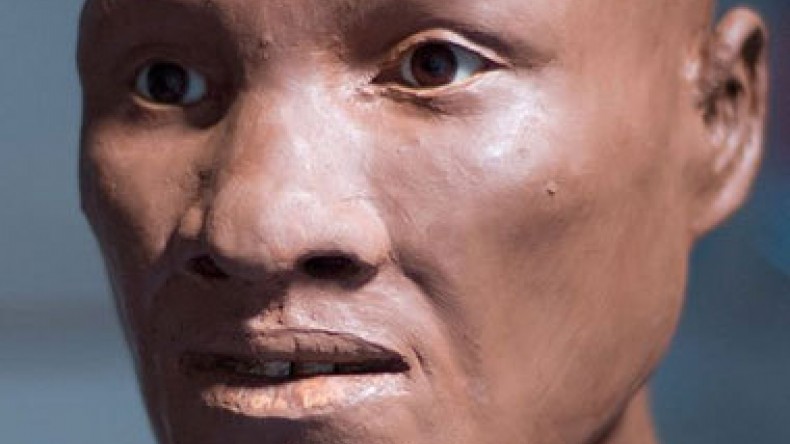
DNA yields secrets of human pioneer
The genome sequence from a thigh bone found in Siberia shows the first episode of mixing occurred between 50,000 and 60,000 years ago, the BBC reports.
The male hunter is one of the earliest modern humans discovered in Eurasia.
The study in Nature journal also supports the finding that our species emerged from Africa some 60,000 years ago, before spreading around the world.
The analysis raises the possibility that the human line first emerged millions of years earlier than current estimates.
The work of Prof Svante Paabo, from the Max Planck Institute in Leipzig, Germany, is rewriting the story of humanity. Prof Paabo and his colleagues have pioneered methods to extract DNA from ancient human remains and read its genetic code.
From this sequence, Prof Paabo has been able to decipher an increasingly detailed story of modern humans as they spread across the globe.
"The amazing thing is that we have a good genome of a 45,000 year old person who was close to the ancestor of all present-day humans outside Africa," Prof Paabo told BBC News.
Prof Paabo has analysed DNA from part of a leg bone of a man that lived in Western Siberia around 45,000 years ago. This is a key moment at the cross roads of the world, when modern humans were on the cusp of an expansion into Europe and Asia.
The key finding was that the man had large, unshuffled chunks of DNA from a now extinct species of human, Neanderthals who evolved outside of Africa.
"Our analysis shows that modern humans had already interbred with Neanderthals then and we can determine when that first happened much more precisely than we could before."
Prof Paabo and his team published research in 2010 which showed that all non-African humans today have Neanderthal DNA. But that genetic material has been broken into much smaller chunks over the generations.
Newsfeed
Videos






























